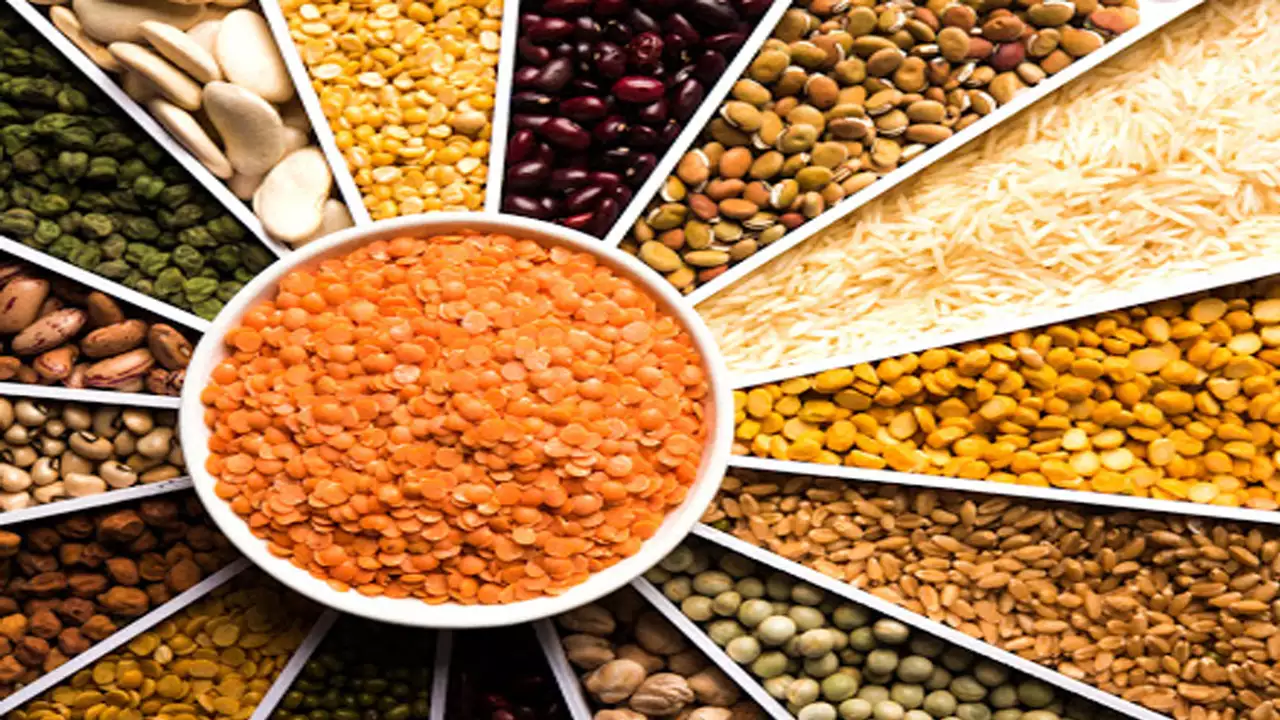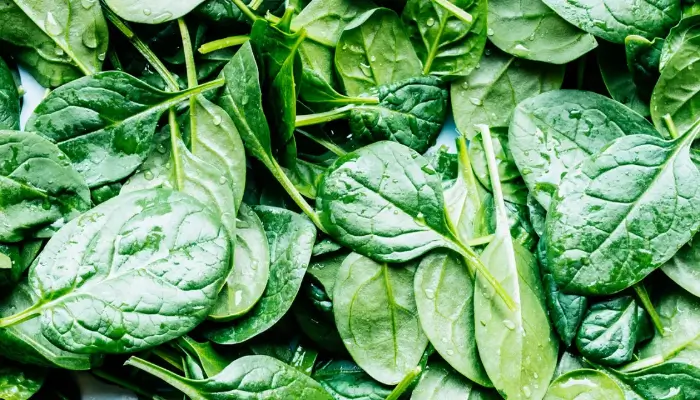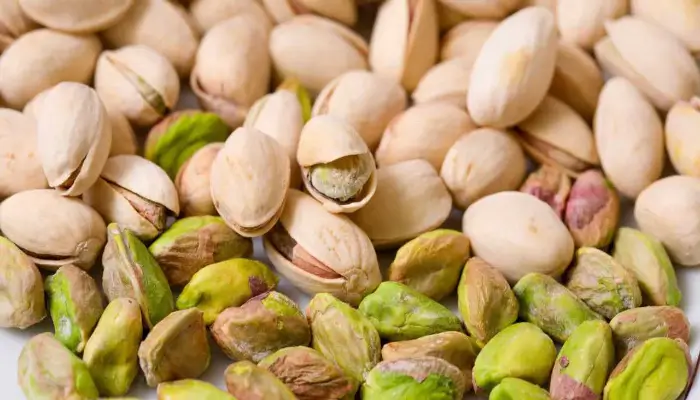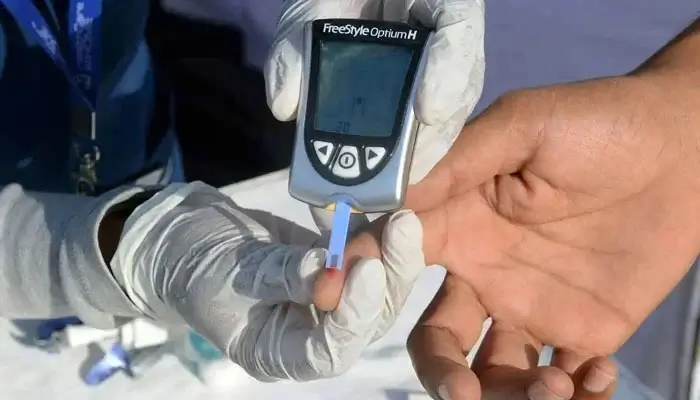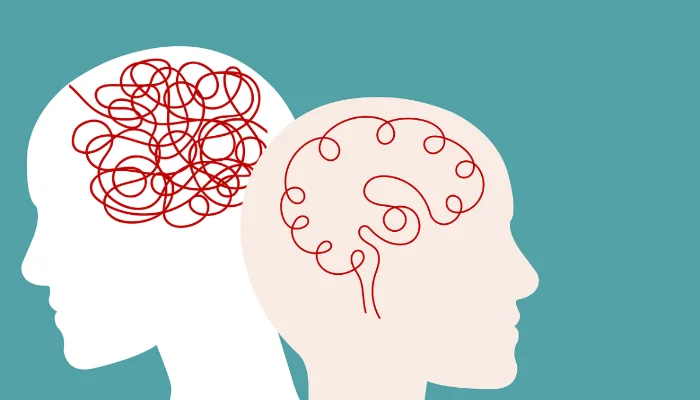- Better control of blood sugar levels may result from regularly eating pulses.
- A nutritionist explains why this healthy food group can be extremely beneficial to people with diabetes.
- Khushboo Jain Tibrewala, Founder of The Health Pantry, Nutritionist.
Pulses are one of the best foods for overall health that you can eat every day. There is no better nutrient-dense food, especially for vegetarians—a storehouse of protein, a good source of fiber, and a healthy way to get your carbs. Pulses are a great food for diabetics as well. Consuming pulses has been shown to improve glycaemic control, lower blood lipid levels, and regulate body weight, all important aspects of diabetes management. As a result, better control of blood sugar levels may result from regularly eating pulses. A nutritionist explains why this healthy food group can be extremely beneficial to people with diabetes ahead of World Pulses Day on February 10.
“One food group ranks higher than the majority of others when it comes to nutritious, healthy foods. For the typical urban person who spends the majority of their day staring at a screen and typically has some degree of insulin resistance, this food group meets almost all of their requirements. “Khushboo Jain Tibrewala, Founder of The Health Pantry, Nutritionist, and Diabetes Educator, says that pulses are perfect for our current health requirements and are an environment-friendly protein source.” Pulses are synonymous with cuisine.
Diabetes type 2 is characterized by impaired carbohydrate metabolism and high body lipid levels. This indicates that reducing body fat and supporting carbohydrate metabolism are the solutions. Pulses are the only food group capable of accomplishing this almost flawlessly.
Benefits of pulses for diabetes patients’ health
There is a list five reasons why eating more legumes can help manage diabetes better.
- They are high in nutrients.
They have antioxidants, protein, fiber, complex carbohydrates, B vitamins, minerals, and they have a lot of fiber in them. The post-meal glucose spike that most diabetics appear to be experiencing slows down as a result of this.
- “Resistant starch” is abundant in pulses that have been cooled and boiled.
This is a source of starch with a low glycemic index that improves gut bacteria and insulin function.
- They are rich in protein.
12 to 15 grams of protein can be obtained from one cup of dal. Maintaining a healthy muscle mass is important for diabetics because it is directly related to how well insulin works. Muscle mass increases when daily activity is combined with a higher protein intake.
- There are multiple studies that have shown a reduction in HbA1c
Numerous studies have demonstrated that regular consumption of legumes in diabetics lowers HbA1c, fasting blood glucose, and postprandial blood glucose.
- Because they contain pigments known as “Anthocyanins,” they can be any color.
These are antioxidants that guard against a wide range of diseases, such as cardiovascular problems, long-term complications from diabetes, cancer, and others.
Important things to keep in mind when consuming legumes: Legumes are hard to digest. Cooking them with salt and something sour, like kokum or ACV, and a pre-soaking is required.
For better digestion, always include foods like cumin seeds, ginger, hing, coriander leaves, and so on.
To lower the glycemic index, starchier legumes like kidney beans and chickpeas should be boiled and chilled for 5 to 6 hours before consumption.
[embedpost slug=”eggs-with-heart-disease-know-how-eggs-affect-your-cholesterol/”]

